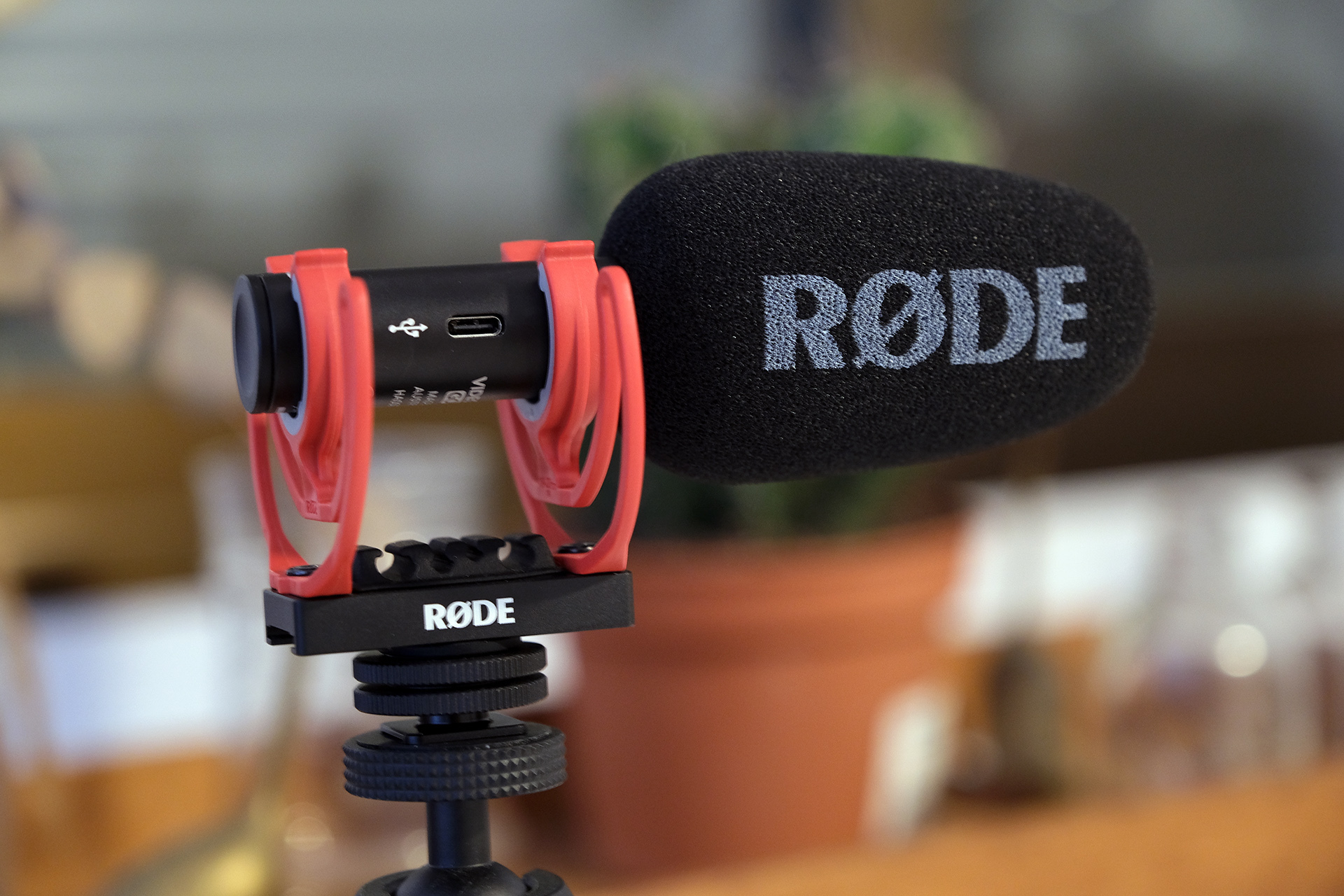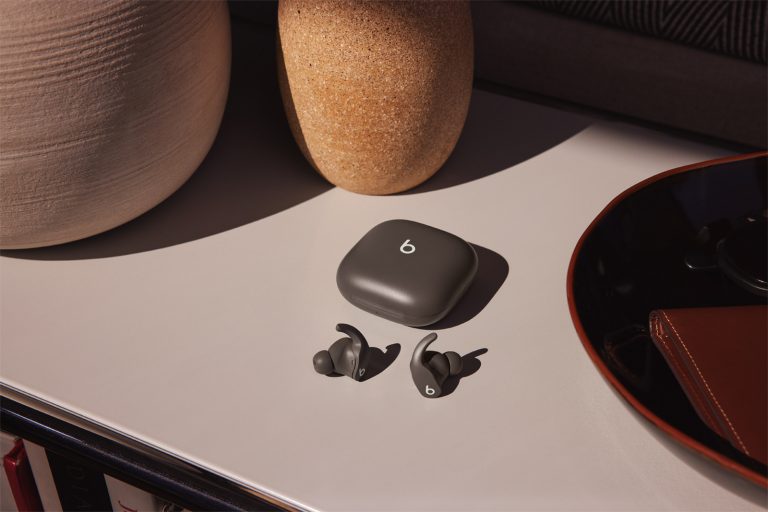Rode VideoMic Go II | Engadget
Whenever someone asks “what’s the best microphone” the response is usually “well it depends what you’re recording.” Rode’s new VideoMic Go II, as the name suggests, wouldn’t be suitable for podcasting. Would it?
Very clearly, the VideoMic Go II was designed to sit atop a camera. That’s just a fact, but with USB and 3.5mm outputs and compatibility with Rode Connect – the company’s USB-friendly podcasting app – it turns out this lightweight, $99 mic could be more versatile than it first seems.
If you are looking for a mic for your DSLR, know that the VideoMic Go II has a cold shoe mount, the aforementioned 3.5mm out (which can also be used for monitoring) and it comes bundled with a Rycote shock mount and a windscreen in the box. There’s no secondary/safety/stereo recording here or on-mic gain control, but that’s normal for something in this price range.
Performance-wise, the sound is surprisingly rich for a mic of this size without sounding too “dead.” There’s no notable difference between the audio you get out of the USB port compared to the 3.5mm port bar a little variation in gain. When comparing it against Rode’s VideoMic Me and VideoMic NTG, the VideoMic Go II might well be my favorite of the bunch. It’s natural, focused with just the right amount of ambiance/sense of space.
Where the VideoMic Go II gets more interesting is how it performs in other use cases. When plugged into a computer and placed on a desk the VideoMic Go II sounds just as robust as far more expensive dynamic microphones. So much so it threw me for a moment.
Perhaps the best illustration of this is when I tested it against the $400 Shure SM7B and Rode’s own $99 NT USB Mini. Given that both of the Rodes in this test are condenser microphones and cost about the same, you might think those two would be the nearer match, but it turns out that the VideoMic Go II sounded much closer to the SM7B. This isn’t to say it’s as good as the SM7B (there’s a little more depth in the Shure and a touch more dynamic range perhaps) but given the disparity in price, it definitely wasn’t expected.
This similarity is further compounded when you consider that the different type of capsule – Rode’s condenser versus Shure’s dynamic – alone would typically give them a very different sound. You can hear all three microphones in the sample below. It starts with the Shure, then the VideoMic Go II and then the NT Mini. The transition between the first two is subtle, yet the last one is obvious. Oh, and the VideoMic Go II was about two inches further away from my mouth than the SM7B was.
Of course, this is just one test, in one scenario in one specific room. But for a quick comparison of what a $400 mic can do off the cuff compared to a $99 one, it’s a good starting point. Despite the lack of on-device controls, there are some configurable options via Rode Central. When connected to the app (mobile or desktop) you’ll have the option to tweak the gain level, apply a high pass filter / high-frequency boost and adjust the monitoring volume. It’s less convenient than physical on-mic controls, but still allows you some control over how it sounds or responds to different inputs. (If you’re wondering, the audio above starts with the SM7B and switches to the VideoMic Go II at “two condenser microphones”).
Given that Rode added compatibility for Connect, and the USB option makes it phone and tablet-friendly, suddenly the VideoMic Go II could very well be a good all-rounder for the price. A mic that has video chops but can also do double duty as a podcast mic (and, therefore an all-purpose computer mic) there appears to be a lot of bang for the veritable buck.
Of course, if you really do need something that records a safety channel, has physical variable gain controls or if XLR connectivity is a must, this isn’t the one to go for. But for most general creator uses? It finally might not entirely “depend on what you’re recording.”
All products recommended by Engadget are selected by our editorial team, independent of our parent company. Some of our stories include affiliate links. If you buy something through one of these links, we may earn an affiliate commission.






